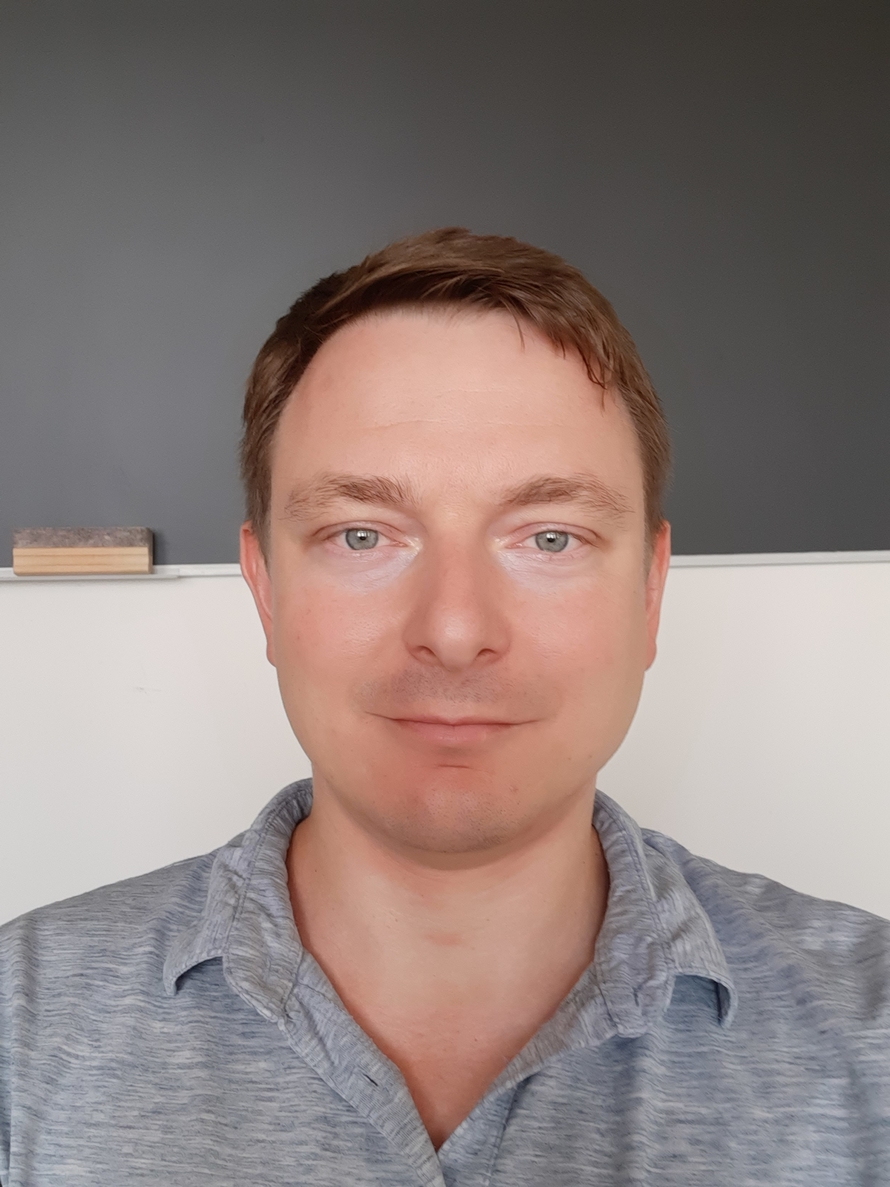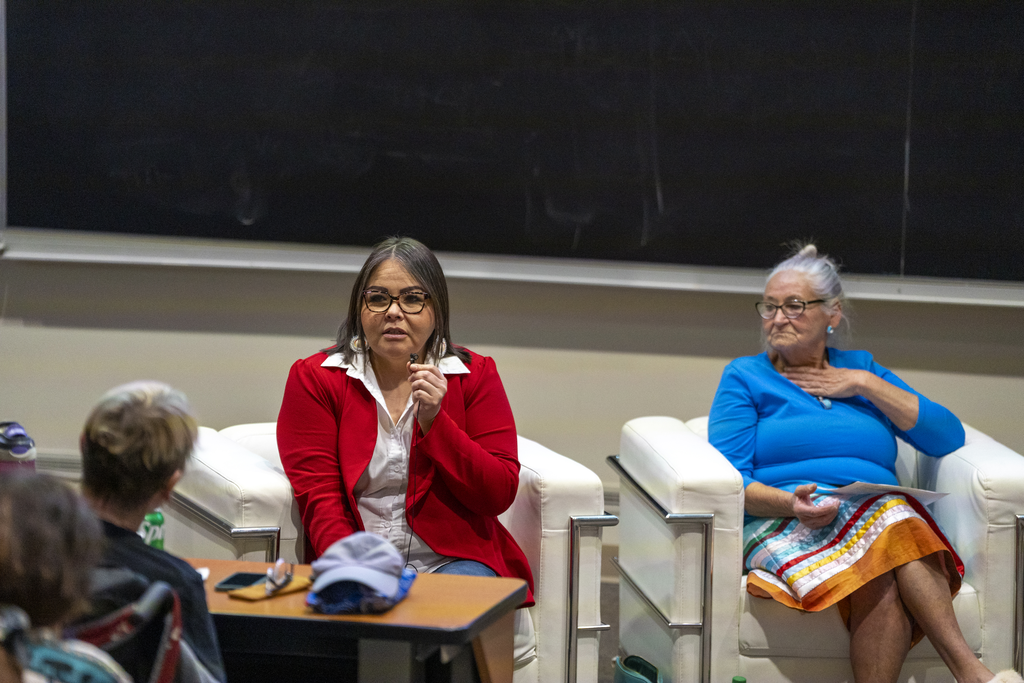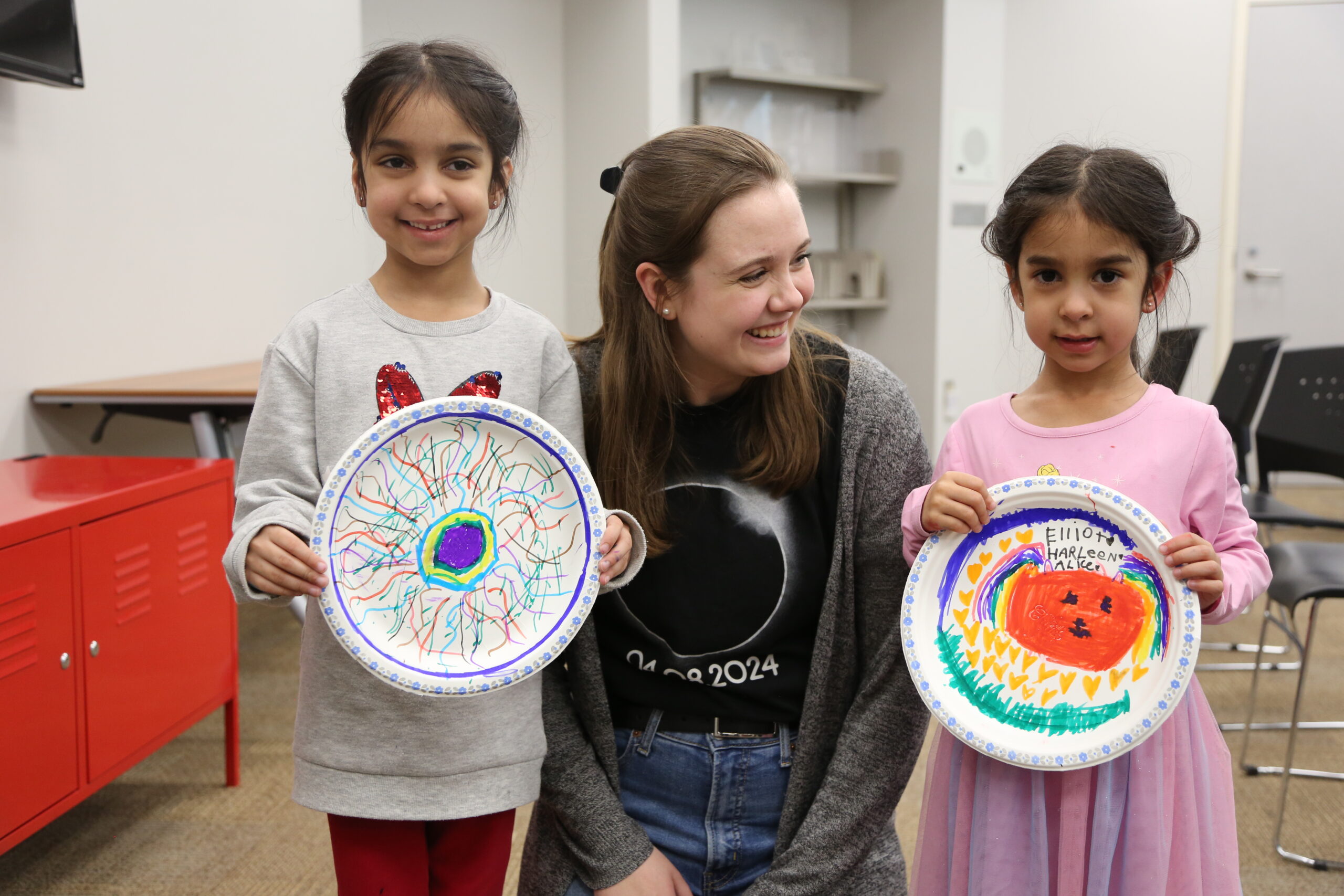Meet New Faculty Member – Sergey Sibiryakov

“My parents had a large library out of which I picked up science-fiction books by Jules Verne, George Wells, Ray Bradbury and others. They fascinated me by the spirit of exploration and human endeavor. I later took up reading popular science literature that crystallized my interest in math and physics. A lot of inspiration came from my two high-school physics teachers. They were not only passionate scientists themselves, coming to high school from the university system, but also incredibly eager to convey their passion to young people.
“I further learned about science and research from the people I met in the university and during my PhD years. My supervisor and other members of the Institute for Nuclear Research in Moscow where started my career conveyed to me the spirit of free scientific discussion. There was no distinctions between students and senior scientists and the former challenged the statements made by the latter as freely as the other way around. They taught me that the only thing that matters is the desire to unveil the mysteries of nature. This intellectual freedom is one of the fascinations of science to me that I have carried ever since.
“My research area is theoretical high-energy physics, broadly defined. I’m interested in the fundamental laws governing elementary particles and fields. A large part of my research is dedicated to open problems in gravitational physics and cosmology. These include the nature of dark matter and dark energy, origin and evolution of structures in the universe, formulation of the quantum theory of gravity. General relativity (GR), which identifies gravity with space-time geometry, has been remarkably successful in explaining gravitational phenomena in many regimes from table-top experiments to astrophysics. However, combined with the principles of quantum mechanics, GR is doomed to fail at extremely short distances, where it must be substituted by a more fundamental description. Also at large distances comparable or bigger that the size of galaxies GR requires presence of mysterious dark matter and dark energy, to be compatible with observations. This raises many fascinating questions shaping my research: What are dark matter and dark energy made of? How can we test various hypotheses from observations? What information is carried by the distribution of galaxies in the universe? What are the key features of quantum gravity? What are implications of quantum gravity for the physics of other fundamental forces?
Sergey graduated from the Moscow Institute of Physics and Technology in 2001 and completed his PhD at the Institute for Nuclear Research of the Russian Academy of Sciences (INR RAS) in 2004 under the supervision of Valery Rubakov. After a number of postdoctoral positions at INR RAS, European Center for Nuclear Research (CERN) and Ecole Polytechnique Fédérale de Lausanne (EPFL), he received a joint fixed-term appointment at CERN and EPFL in 2013. In the summer of 2020, Sergey moved to the Department of Physics and Astronomy at McMaster. He is also an associate faculty member at the Perimeter Institute of Theoretical Physics in Waterloo, ON.. In summer 2020, Sergey moved to the Department of Physics and Astronomy at McMaster. He is also an Associate faculty member at the Perimeter Institute of Theoretical Physics in Waterloo.
In his free time, Sergey reads fiction and listens to classical music. If the weather permits, he hikes or bikes with his family in the summer and goes skiing and skating in the winter.
Related News
News Listing

Physics and Astronomy grad students offer out-of-this-world view at total solar eclipse viewing party
Community, Engagement excellence, Graduate students
April 8, 2024

The greatest of love stories: Panel shares Indigenous perspectives on the eclipse and astronomy
Community, Faculty, Outreach, science communication
April 8, 2024

